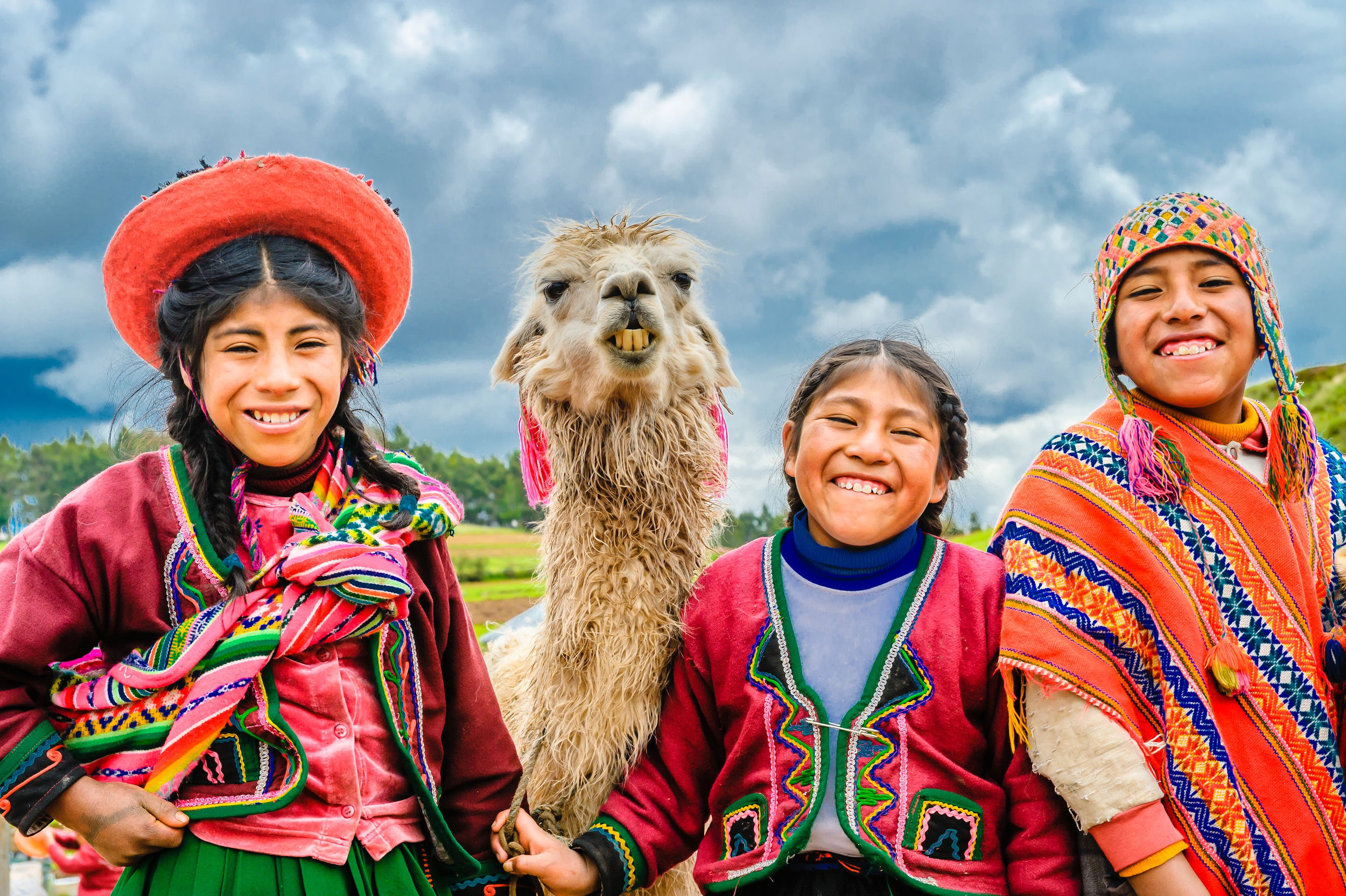Peru is the fifth-largest producer of ginger in the world
Peru is a country known for its rich culture and diverse agricultural production. One of its notable crops is ginger, which has a long history in the country and is widely used in Peruvian cuisine. Ginger production plays a vital role in Peru's economy, and it is a significant export commodity. In this article, we will explore the history, culture, and production of gingers in Peru. We will also delve into the benefits of consuming Peruvian gingers and the challenges faced by farmers in the industry. Finally, we will examine the future of Peruvian ginger production and the opportunities for growth in this sector.

Introduction to Peru's Ginger Production
When it comes to ginger production, Peru might not be the first country that comes to mind. However, this South American nation has been cultivating this root vegetable for centuries, and its production has become an important part of the country's economy. In this article, we'll explore the history and origin of gingers in Peru, the different varieties grew, and the benefits of consuming them.
Overview of Ginger Production in Peru
Peru is the fifth-largest producer of ginger in the world, with a total production of 26,000 tons per year. The country's ginger crops are mainly grown in the northern regions of Piura, Lambayeque, and La Libertad, where the climate and soil are ideal for ginger production. The majority of the ginger produced in Peru is exported to countries like the United States, Germany, and the Netherlands.
Importance of Ginger in Peru's Economy
Ginger has become an important crop for Peru's economy, providing employment opportunities for thousands of people in the country. The crop has also become a valuable export, generating millions of dollars in revenue for Peru. In addition to being an economic powerhouse, ginger is also an integral part of Peru's culture, with a rich history dating back to ancient times.
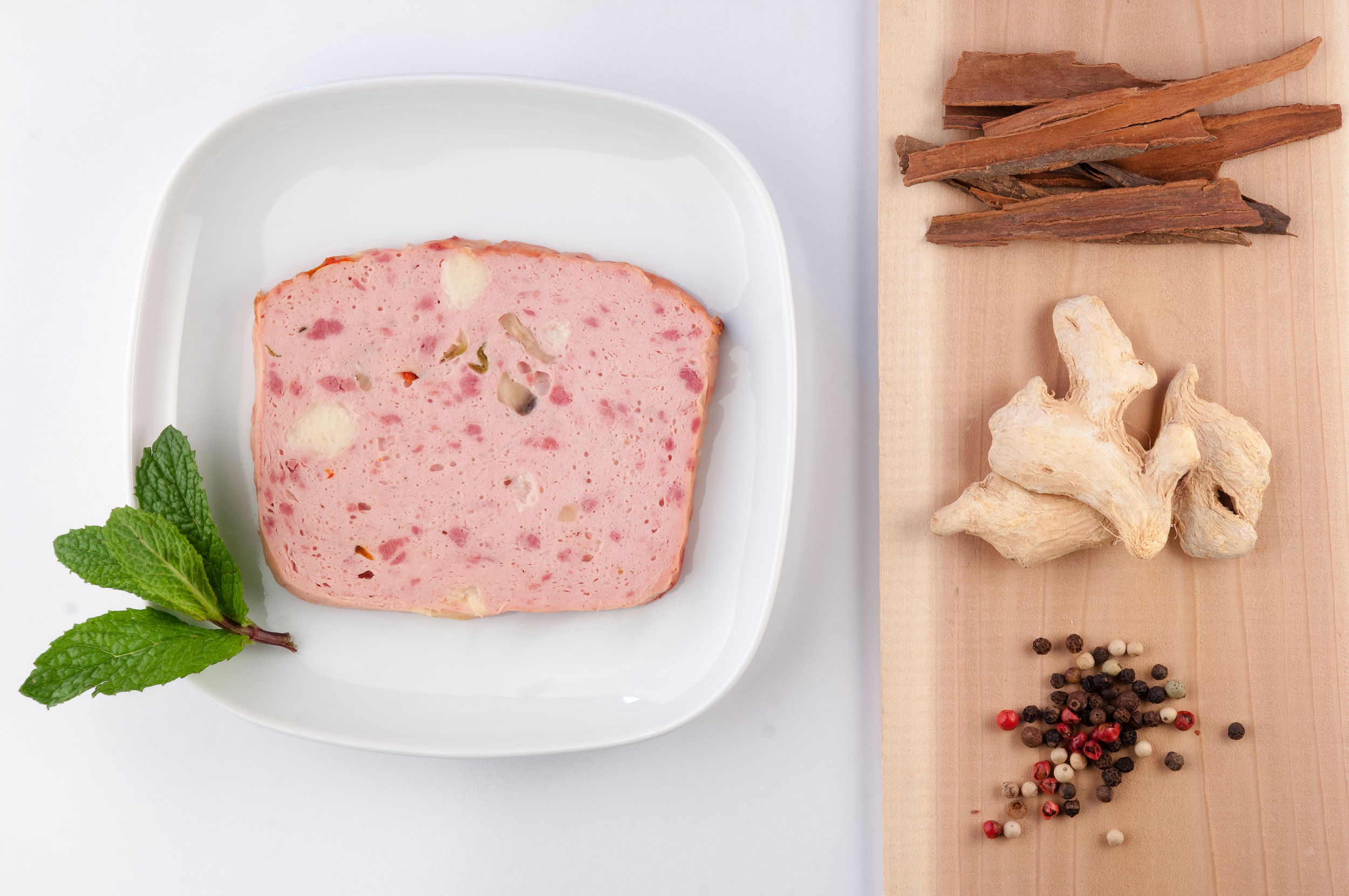
The History and Origin of Gingers in Peru
Discovery of Ginger in Peru
The ginger plant is believed to have originated in Southeast Asia, but it was the Spanish who introduced it to Latin America in the 16th century. Since then, Peruvians have been cultivating ginger, using it for culinary, medicinal, and spiritual purposes.
Historical Significance of Ginger in Peru
Ginger has played a significant role in Peru's cultural history, with ancient Peruvians using it to treat a variety of medical conditions. The Inca civilization, for example, used ginger to treat headaches, digestive issues, and respiratory ailments. Ginger was also used in spiritual ceremonies, with its pungent aroma believed to ward off evil spirits.

Types of Ginger Grown in Peru
Common Ginger Varieties in Peru
Peru grows several varieties of ginger, including Jamaican ginger, Chinese ginger, and Indian ginger. The most commonly grown variety, however, is the yellow ginger, which has a milder flavor than other types.
Differences Between Peruvian and Other Gingers
Peruvian ginger is distinct from other gingers grown around the world, with a unique flavor and aroma. The root is smaller and thinner than other varieties, but it packs a potent punch. Peruvian ginger is also considered to be high in essential oils, making it a valuable ingredient in many products, from essential oils to ginger beer.
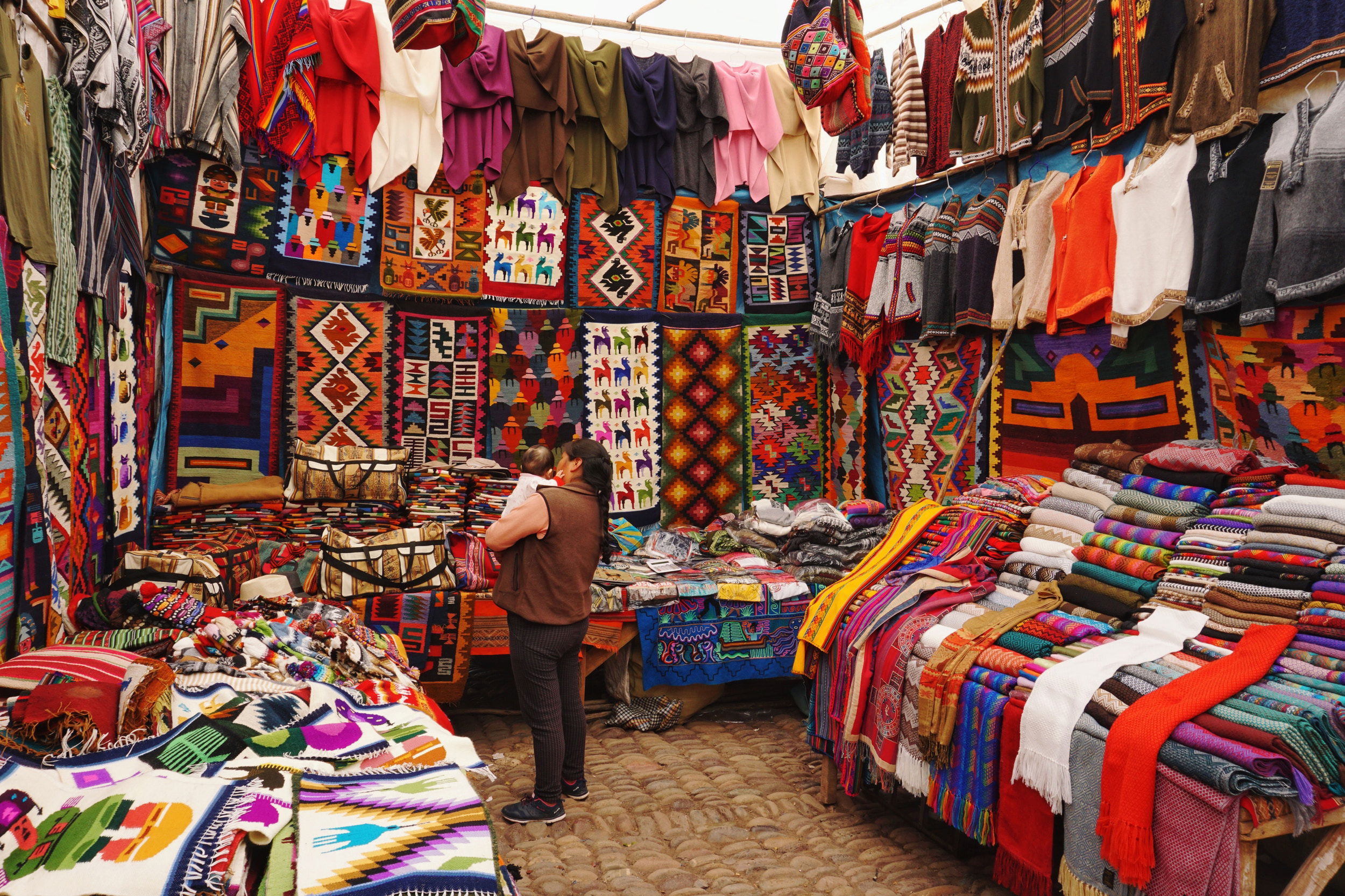
Benefits of Consuming Peruvian Gingers
Health Benefits of Peruvian Gingers
Peruvian ginger is packed with nutrients that can benefit your health. It is high in antioxidants, which can help to reduce inflammation in the body, and it is also a natural antibacterial and antiviral agent, making it useful in fighting infections. Ginger has also been shown to help reduce nausea and vomiting.
Cultural Significance of Gingers in Peru
In addition to its health benefits, ginger is also an important part of Peru's cultural heritage. From ancient times, Peruvians have used ginger for a variety of purposes, from medicinal to spiritual. Today, ginger continues to be an important part of Peru's cuisine, adding flavor and spice to dishes like ceviche and lomo saltado. Whether you're looking for a healthy ingredient for your cooking, or just want to explore the culinary traditions of Peru, ginger is definitely worth trying.
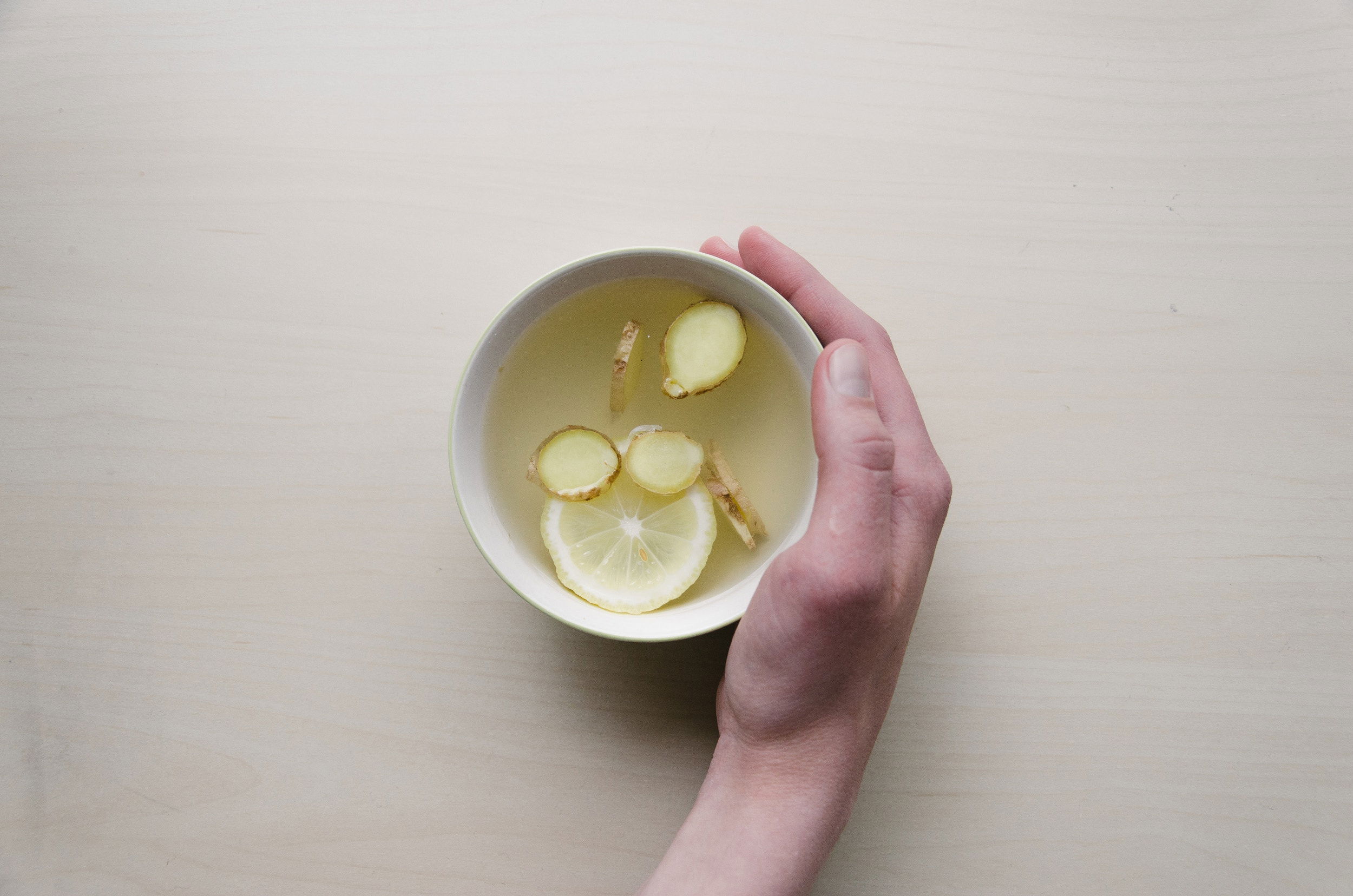
The Role of Gingers in Peruvian Cuisine
Peru's gastronomy is a reflection of its rich cultural heritage and complex history, which is why Peruvian cuisine is celebrated worldwide. One essential ingredient that adds depth and flavor to Peruvian dishes is ginger. Ginger has been a staple spice in Peruvian cooking for centuries and is used in both traditional and modern recipes.
Traditional Peruvian Ginger Recipes
Traditional Peruvian dishes like lomo saltado, anticuchos, and ceviche all include ginger in their recipes. Ginger not only adds a spicy kick to these dishes but also aids in digestion, making it an important ingredient in Peruvian gastronomy.
Modern Applications of Ginger in Peruvian Cuisine
In recent years, Peruvian chefs have experimented with new and inventive ways to use ginger in their dishes. Some modern applications include ginger-infused cocktails and desserts like ginger ice cream.

Production, Harvesting and Exportation of Ginger in Peru
Peru is one of the largest producers of ginger in the world, and the exportation of ginger has become a significant source of income for the country.
Ginger Farming and Production Process
Ginger is produced mainly in the north and central regions of Peru. The production process begins with selecting the right variety of ginger and planting it in well-drained soil. The ginger is then harvested after 8-9 months when the leaves turn yellow. After harvesting, the ginger is cleaned, peeled, and dried before it is ready for export.
Challenges Faced by Peruvian Ginger Farmers
Peruvian ginger farmers face several challenges, including climate changes and environmental concerns, market competition, and globalization.
Exportation of Peruvian Gingers
Peruvian ginger is exported to several countries worldwide, including the United States, Europe, and China. Peru's ginger exportation has seen an increase in recent years, with a growing demand for high-quality ginger from the region.

Challenges Faced by Peruvian Ginger Farmers
Climate and Environmental Concerns
The increase in temperatures and changes in weather patterns due to climate change have caused problems for Peruvian ginger farmers. Floods and droughts have affected ginger production, causing significant losses for farmers.
Market Competition and Globalization
The global ginger market is highly competitive, and Peruvian ginger farmers face challenges from other ginger-producing countries. The increased global demand for ginger has driven up the prices of ginger, making it harder for Peruvian farmers to compete.

Future of Peruvian Ginger Production and Opportunities for Growth
The Future of Peruvian Ginger Industry
The Peruvian ginger industry is expected to grow in the coming years, driven by the growing demand for ginger in the global market. The Peruvian government is also investing in the ginger industry to support farmers and improve production.
New Opportunities for the Peruvian Ginger Market
Peruvian ginger farmers can explore new opportunities in product innovation and marketing to differentiate themselves from competitors. There is also potential for the development of organic ginger farming, which can appeal to a growing number of health-conscious consumers.
In conclusion, Peru's ginger production has a rich history and plays a significant role in the country's economy and culture. Peruvian gingers have a unique flavor and offer numerous health benefits. Despite the challenges faced by farmers, the ginger industry in Peru continues to thrive, with new opportunities for growth and development. We hope this article has increased your appreciation for Peruvian gingers and their value in the global market.
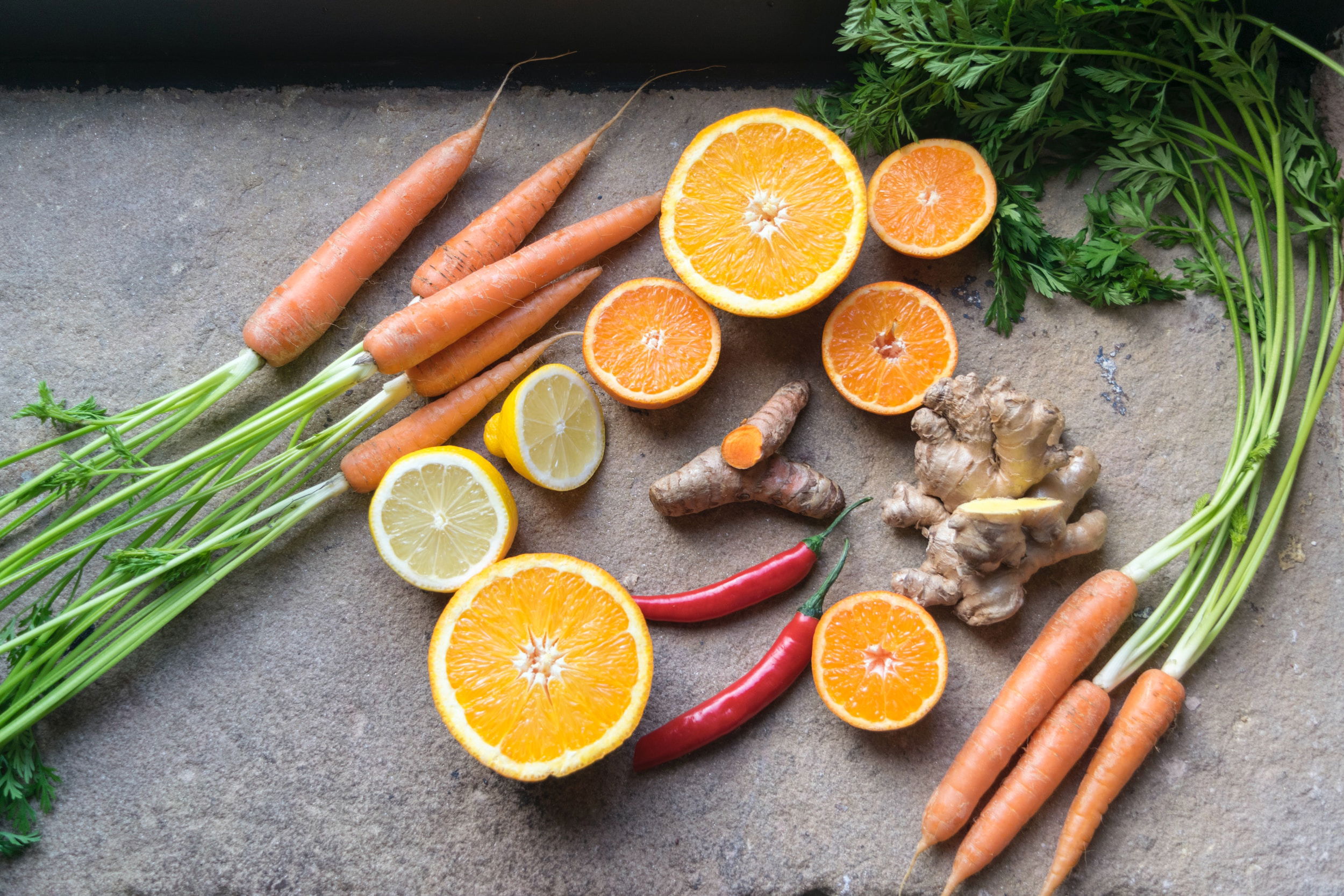
FAQs
What types of ginger are grown in Peru?
Peru is known for growing several varieties of ginger, including yellow ginger, black ginger, and white ginger.
What are the benefits of consuming Peruvian gingers?
Peruvian gingers are known for their numerous health benefits, including aiding in digestion, reducing inflammation, and boosting the immune system.
What are the challenges faced by Peruvian ginger farmers?
Peruvian ginger farmers face various challenges, including climate change, market competition, and the lack of advanced technology and infrastructure.
What is the future of Peruvian ginger production?
Despite the challenges faced by farmers, the future of Peruvian ginger production is promising. There are new opportunities for growth and development, with increasing demand for ginger in the global market.
